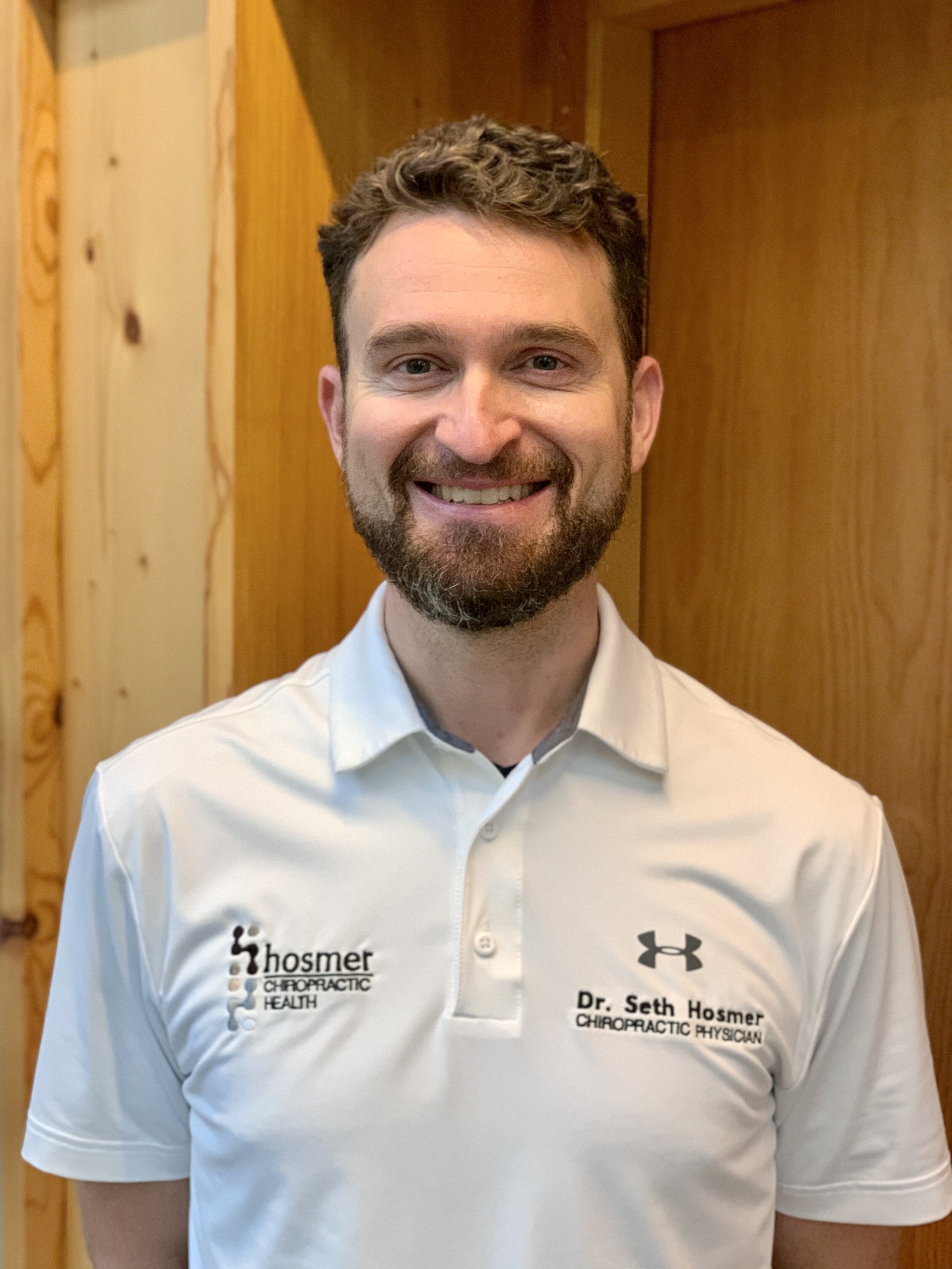Dr. Mark Cucuzella MD FAAP is the author of Run for Your Life and a Professor at West Virginia University School of Medicine. A competitive runner for over 35 years, Dr. Mark has more than 100 marathon and ultramarathon finishes, and has won the Air Force Marathon twice. He designs programs to promote healthier and better running in the military with the USAF Efficient Running Project. Mark has presented running workshops on over 50 military bases in the last 10 years, and he is also the owner of Two Rivers Treads – A Center for Natural Running and Walking in his hometown of Shepherdstown, WV. Mark is considered one of the world’s leading running doctors, and his pioneering work has been featured in the New York Times, NPR, Outside Magazine, Running Times, Runners World, Air Force Times, the Washington Post, JAMA, and other medical and media outlets.
Tell us about your best experiences as an elite runner. How did learning to run barefoot/in sandals change your understanding of biomechanics and gravity's impact on the body?
My best experiences as a competitive runner are the people I have met through travel and teams. In the Air Force we traveled as a team and this made it fun as we always had friendly competitions with other nations and other branches of the armed services. I still keep in touch with many of these friends.
Barefoot and sandal running forced me to slow down and learn how to minimize the impact forces of the ground. You must learn to land softly running barefoot and this translates to when you put shoes on. I have run up to 50 mile races in thin sandals.
What are the most important aspects of biomechanics and posture that runners need to be educated about?
Good posture and breathing are the foundations. Without these your body can't run with spring and relaxation.
What would you say to someone who feels running barefoot or in sandals is too intimidating or not accessible to them?
Just start with walking. This will help strengthen the foot and also add balance and enjoyment and maybe one day transition to very short runs mixed with walks.
What ergonomic product(s) would you recommend to elite runners as well as regular activity level people for better performance and injury prevention?
A stand-up desk for sure as well as a Venn Air Chair.
What movements and stretches do you recommend people do every day? Are they different based on type of work and activity level for each person?
This is very individual but the place most people have tightness is in the hips and in the ankles and Achilles tendon regions.
“Good posture and breathing are the foundations.”
With so many people shifting to working from home this year and many large running events cancelled, how do you recommend runners and desk workers stay motivated and incorporate more regular movement into their lives?
Getting outside and active is the best thing that one can do for their mind and body as well as to reduce the odds of getting a severe infection when exposed to COVID-19. This builds our resiliency and immune response so take the time to do it or you likely will pay the price later.




